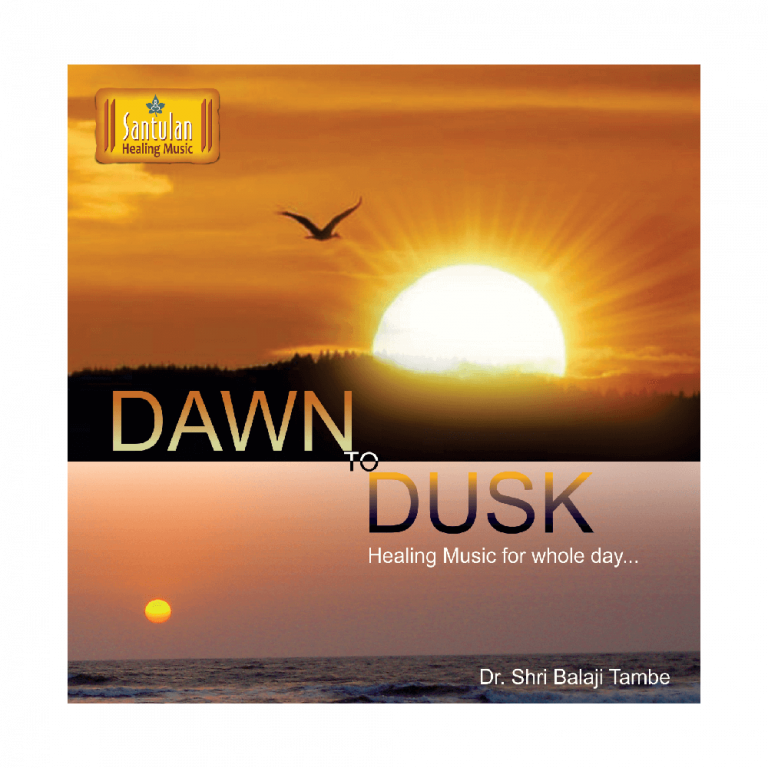

Participants gave blood samples before the fasting period began, at the conclusion of fasting and one week after fasting was completed. Outside of fasting, participants were allowed to eat whatever they preferred and were not required to follow any exercise regimen or weight loss measures. The participants were observing the month of Ramadan, which consists of fasting for four consecutive weeks without eating or drinking from dawn to sunset. These conditions can lead to an increased risk of cardiovascular disease and cancer. The current study used samples from the previous study examining 14 people with metabolic syndrome, a group of conditions including obesity, insulin resistance (elevated blood glucose levels), elevated blood pressure, high triglycerides (a type of blood fat) and low high-density lipoprotein cholesterol (good cholesterol).

The researchers previously found similar results in blood serum. "After fasting, our participants lost weight, and their blood pressure and insulin resistance improved." DeBakey Department of Surgery, Division of Abdominal Transplantation at Baylor. Alkek Department of Medicine, Section of Gastroenterology and Hepatology and the Michael E. Ayse Leyla Mindikoglu, corresponding author of the study and associate professor in the Margaret M. This type of fasting can potentially act as a reset to normal for the circadian rhythm," said Dr. Watch your watering to keep the plants from drying out.Ĭontainers are likely best, but a late spring planting into a protected shade flower bed will also be fine.īoth containers and garden plantings work fine, in the deep south Caladiums may even come back the following year if kept dry over the winter."We know that disruptions of the circadian rhythm are associated with cancer and metabolic syndrome. If growing outdoors select the warmest protected locations in the garden.Ĭontainers may be easiest but a shady, cool garden spot can also be lovely. Where the Caladiums will do best depends a lot on your location within the US, since sunlight intensity varies depending on where you live here’s a quick reference to help guide to help you succeed.Ĭaladiums do best in containers in this part of the country and usually need to be in a protected warm location for best results.

Caladiums like to be moist at all times so avoid allowing them to dry out as it also causes leaves to yellow and drop. Remember for best growth always keep the temperatures above 65 F.Ī ¼ - ½ strength fertilizing every week or every other week is fine throughout the season, too strong a fertilizer can burn leaves, and since the leaves last all season you want to keep them looking fresh. Since Caladiums prefer heat and humidity and do not tolerate cold, soggy soils, for most gardeners who live in the north will have best results in containers, as the soil in pots or planters warms up faster and has better drainage so plants will not become soggy. Keep soil in your pots moist at all times, wilting will cause leaves to yellow and drop, so just check to make they do not dry out! Keep plants in a sunny to partly sunny location and avoid burning hot southern exposures especially at higher altitudes. So just fertilize with ¼ the strength what you normally do for your flowers and apply weekly or every other week. If your plants are already growing in pots when you purchase them, plant them about ½” deeper when you transplant them to make sure the tubers have room to keep growing.Ĭaladiums do not need a lot of fertilizer, about ¼ of what most folks feed their flowering annuals, and too much fertilizer can burn the leaves especially the white portions of the leaf. Plant tubers pointed end facing upwards, so the tuber is about 2” below the soil level, the roots form on the top of the tuber, so you need to plant them deep enough that roots have room to grow, but not too deep because it delays new leaves and weakens the plant. So this can be a good guide for when to grow these Caladiums, when you turn the heater off for the summer. If you live in a northern climate, be careful not to plant too early in spring as temperatures below 50F will chill and stunt plants, normal indoor temperatures should be fine and winter heaters usually dry things out a bit too much. Since they are tropical they need to have warmth and humidity, try to always keep the temperatures above 65 F for best growth and leaf size, and a pebble tray or frequent misting can help to keep humidity up around your plants. Caladiums can be an irritant if ingested. The ASPCA has more information on which plants may be harmful.Ĭaladiums can be a very nice windowsill or sunroom plant and for much of the United States and certainly in Canada this might be the best use for them.


 0 kommentar(er)
0 kommentar(er)
